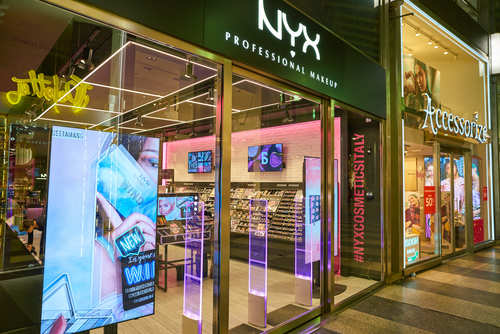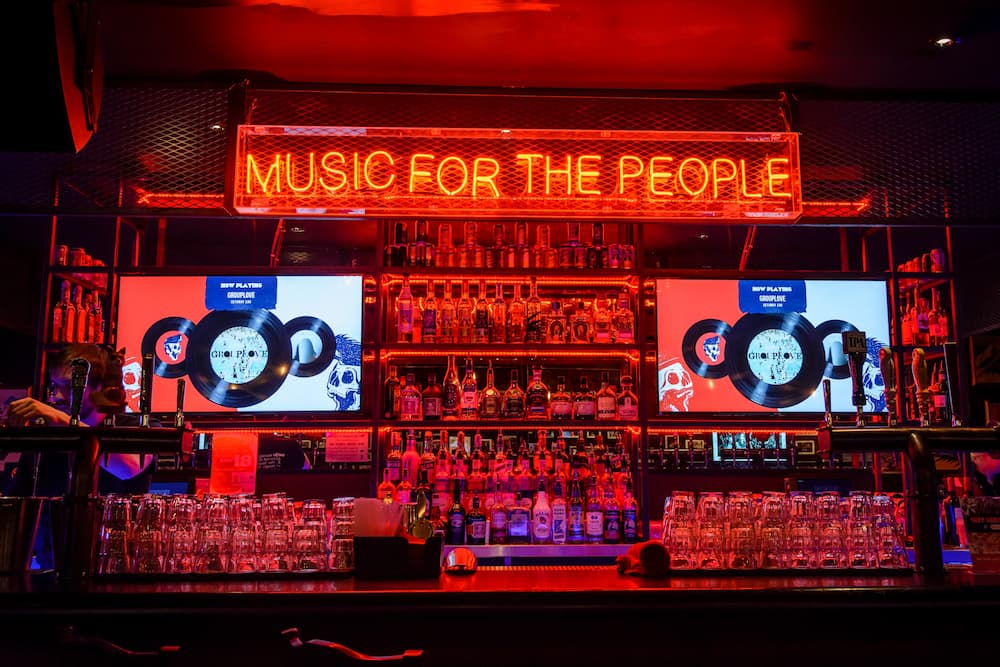Who says that sound is incidental to the brand world? Certainly not David Gilmour, co-founder of Pink Floyd, who immortalised SNCF’s sound jingle in Rattle That Lock, the title track of his latest studio album released in 2015. During a train trip, he fell under the spell of this audio signature and composed an explosive rock track! This means that the power of sound is definitely not to be neglected. On the contrary, it is a powerful factor in brand recognition.
An emotional expression that reveals the brand
This auditory branding is particularly noticeable in these times of confinement: Netflix’s ‘Ta-Ta’ announces enjoyable moments in front of your favourite show, while the iPhones default ring tone means friendly exchanges between friends and family. Some brands have been able to develop a robust audio universe, so they have managed to establish a strong sound identity recognisable by all. Because it touches our unconscious, the sound creates an emotion, a feeling in a few musical notes. This sound identity reveals the brand instantly.
Achieving the perfect alchemy between sound and image
Now that the digital world is taking an increasingly greater role in the development of companies and many signage screens are starting to pop up everywhere, you may find it advantageous to add a new dimension to your signage by adding audio. It is true that hearing intervenes in the memorisation process and the presence of sound would be instrumental in enriching the emotional experience of the visitor. Nevertheless, the implications, risks and good practices of a sound system must be studied seriously before integrating it in your on-screen communication strategy.
Sound identity is meticulously concocted
In the first place, and like the installation of a digital signage system, a sound system project should start out with the analysis of the environment in which the system will be installed (measuring ambient noise, frequency and time of stops near the signage). Fitting a sound system in a waiting room and the reception hall of a company requires different approaches. In a place where conversations and phone calls are normal, is it really a good idea? Would adding sound help reinforce the reach of the messages or will the place be deserted because of the extra difficulty of listening to another person, concentrating, or simply feeling at ease?
Each sound system project must be complementary to a digital signage system. The audio and video content must send the same message, which has to be understandable even without sound. Broadcasting a sound message requires more time than a visual one (which can be understood by a simple image). Moreover, even in the best of circumstances, only a fraction of your audience will hear the message in its entirety. So, even if the sound reinforces the impact of the signage, the latter must be sufficiently clear to be understood on its own.
Sound as icing on the visual cake!
These are all crucial points that need to be analysed and resolved beforehand, as there is a risk of damaging the brand’s image and reducing the effectiveness of the messages. Only a controlled and evolving sound environment will be able to enrich the emotional experience of visitors and employees. Better no sound at all than a degraded and incomprehensible audio. Finally, sound has to be like the icing on the visual cake! Consider this before giving your brand its sound.
Cenareo offers a Saas solution dedicated to digital signage. With our partner Tshoko, a music broadcasting solution, we meet the needs of communication professionals from all sectors of activity: retail, Internal communication, Hotels and Restaurants but also DOOH.




















